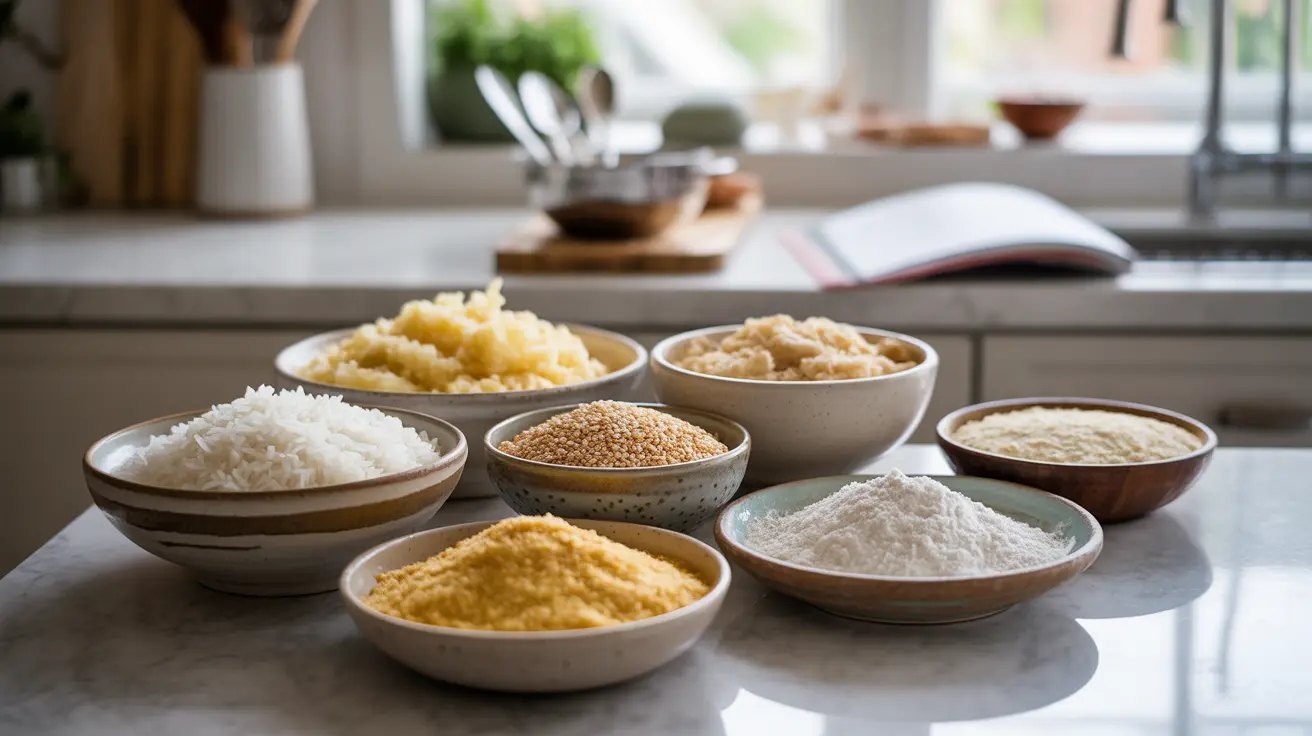Living with celiac disease, gluten sensitivity, or choosing to follow a gluten-free diet requires careful attention to food choices. Understanding which foods contain gluten and identifying safe alternatives is essential for maintaining your health and preventing adverse reactions. This comprehensive guide will help you navigate the world of gluten-containing foods and make informed dietary decisions.
Common Sources of Gluten
Gluten is primarily found in wheat, barley, and rye. These grains appear in many common foods that need to be avoided on a gluten-free diet:
- Bread and baked goods
- Pasta and noodles
- Cereals and granola
- Crackers and pretzels
- Beer and malt beverages
- Breading and coating mixes
Traditional Wheat-Based Products
Wheat appears in various forms, all of which contain gluten:
- All-purpose flour
- Whole wheat flour
- Semolina
- Durum
- Farina
- Wheat germ
- Wheat bran
Hidden Sources of Gluten
Gluten can lurk in unexpected places, making it crucial to carefully read food labels. Some surprising sources include:
- Soy sauce and teriyaki sauce
- Salad dressings
- Processed meats
- Gravies and sauce mixes
- Seasonings and spice blends
- Modified food starch
- Malt flavorings
Reading Labels Effectively
When examining food labels, watch for these terms that may indicate the presence of gluten:
- Hydrolyzed wheat protein
- Wheat starch
- Barley malt
- Brewer's yeast
- Triticale
- Malt vinegar
- Seitan
Safe Gluten-Free Alternatives
Fortunately, many delicious alternatives are available for those avoiding gluten:
Grains and Flours
- Rice (all varieties)
- Quinoa
- Corn
- Buckwheat
- Millet
- Amaranth
- Teff
Starches and Flours
- Potato starch
- Tapioca flour
- Almond flour
- Coconut flour
- Chickpea flour
- Sorghum flour
Cross-Contamination Concerns
Even naturally gluten-free foods can become contaminated during processing or preparation. This is particularly important when considering oats, which are often processed in facilities that also handle wheat products. Always choose certified gluten-free oats and be mindful of cross-contamination in shared kitchen spaces.
Frequently Asked Questions
What common foods should I avoid if I need to eliminate gluten from my diet?
Avoid all products containing wheat, barley, and rye, including traditional bread, pasta, cereals, and baked goods. Also watch for less obvious sources like processed meats, sauces, and seasonings that may contain gluten-containing ingredients.
How can I identify hidden sources of gluten in processed foods and condiments?
Read ingredient labels carefully, looking for terms like wheat starch, modified food starch, malt flavoring, and hydrolyzed wheat protein. Be particularly vigilant with condiments like soy sauce, salad dressings, and gravies, which often contain hidden gluten.
Are there safe alternatives to wheat-based breads, pastas, and baked goods for a gluten-free diet?
Yes, many alternatives exist using gluten-free flours and grains. Look for products made with rice, quinoa, almond, coconut, or other gluten-free flours. Many mainstream brands now offer certified gluten-free versions of common wheat-based products.
Can beverages like beer or soy sauce contain gluten, and how do I find gluten-free options?
Traditional beer and soy sauce typically contain gluten. Look for specifically labeled gluten-free beer made from alternative grains and tamari or gluten-free soy sauce alternatives. Always verify that products are certified gluten-free.
Why is cross-contamination a concern with oats and how can I ensure the oats I eat are gluten-free?
Oats are naturally gluten-free but are often processed in facilities that also handle wheat products, leading to cross-contamination. Always choose certified gluten-free oats that are processed in dedicated gluten-free facilities to ensure safety.




